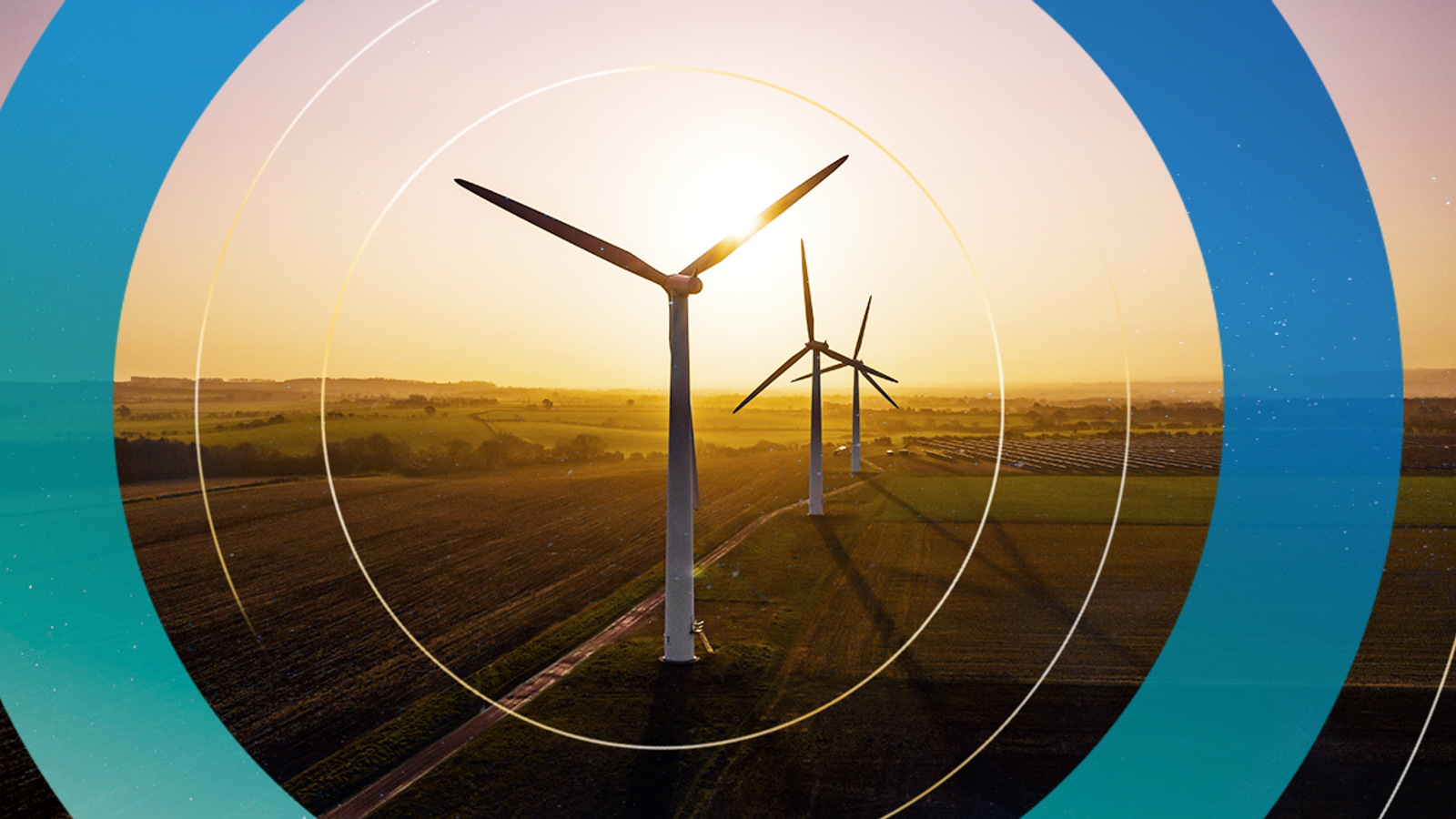It’s all Vladimir Putin’s fault! This is all because of climate change policy! We are doomed to winters like this forever!
The 2021 energy crisis, if we can call it that, has barely begun.
It may well go on for months, in some form or other. Yet already there are headlines aplenty which attempt to distil what is a complex, interconnected phenomenon into a single explanation or takeaway. That’s fair enough, and many of them have more than a grain of truth. But as is often the case they are not quite the full story.
With that in mind, here are four of the things you might hear about the energy crisis, which has seen wholesale prices of gas and electricity rising to extraordinary peaks, along with a critique:
Please use Chrome browser for a more accessible video player
The UK is hit worst of all by this
There is certainly some truth to this, in that energy prices in the UK are higher than elsewhere in Europe.
They have risen slightly higher than in many parts of Europe, up 47% since the start of September, compared with rises of 43% in Germany and the Netherlands and 37% in France.
State-backed loans being considered for energy firms that take on customers from companies that go bust
Energy crisis: UK’s ‘particularly difficult’ circumstances mean it’s suffering worse than European neighbours
Why is a rise in gas prices pushing up electricity costs? Energy crisis in four charts
That said, this is certainly not a UK-specific crisis. All of Europe is facing a sharp spike in energy costs.
There are a few reasons that mean the UK’s energy crisis is slightly more intense than elsewhere.
In particular, look at the price of buying electricity for delivery the next day. For a moment last week it shot up to many times higher than the European average.
However, this was largely related to the sudden disruption of electricity flows from France to the UK following a fire at a power convertor station.
The reality is that most of Europe is facing a similar predicament to the UK; ever so slightly less intense, but intense all the same.
This is all because of Russia
It’s certainly true that gas imports from Russia into Europe via the Siberian Yamal pipeline fell sharply in August.
It’s certainly true (and entirely plausible) that Vladimir Putin wants to use gas as a form of diplomatic leverage in the coming negotiations over the administration of the Nord Stream 2 pipeline, which circumvents most of Eastern Europe and delivers gas straight to Germany.
It’s certainly true that big questions remain about the consequences of much of central Europe’s reliance on Russian gas.
But here’s the thing: Russian gas flows are now back to their July levels. In fact, when you look at where Europe’s gas is coming from, the flows from Russia are actually up, not just a little bit but a lot: up 14% since the start of the year, according to figures from consultancy Wood Mackenzie.
Indeed, according to their analysis, the main explanation for the fall in gas supplies into Europe – probably the biggest factor behind rising power prices – is a big drop-off in domestic production.
The simple reality is there have been more maintenance shutdowns than usual, and some promised projects haven’t got up and running, so Europe isn’t pumping as much gas as usual.
On top of this, there’s less LNG coming into Europe than usual. Liquefied Natural Gas – the kind that can be loaded onto ships – should theoretically help ease these kinds of issues.
But the problem is that LNG is in great demand in Asia and the US (told you this wasn’t just a UK-specific crisis) so for the time being there’s less for everybody else.
Please use Chrome browser for a more accessible video player
It’s all because the wind isn’t blowing
Tempting as it might be to dismiss this explanation as over-simplistic, it is at least borne out by the data.
In July the average wind speed across the UK was 5.7 knots. Not only was this slower than usual, it was slower than the July average in every single year going all the way back to 2001. And while we won’t know for sure until confirmed figures are published, August and September seem to have seen weak wind speeds too.
Wind power is a big deal for the UK. In the third quarter of 2020 a whopping 22% of all our power came from wind turbines in the sea and on land. This was more than nuclear power and coal put together.
So the wind not blowing matters. So far this quarter, wind has only accounted for about 14% of Britain’s electricity generation. When you consider that since 2020 there are more, not fewer, wind turbines – you get the picture.
Eventually the wind will pick up but until it does, the UK will have to fall back on other forms of generation.
It’s all because of climate change policies
There is no doubt that shifting to intermittent forms of energy like wind and solar will mean the UK has to devise a sophisticated mix of back-ups and baseload systems which store power or kick into action when needed.
There’s no doubt we’re still a long way from having it, partly because the technology is not quite there yet, whether with batteries or hydrogen – two of the likeliest technologies. It’s also true that carbon pricing has made it less profitable to run coal-fired power stations.
Please use Chrome browser for a more accessible video player
All the same, it doesn’t follow that high prices are a consequence of climate change policies.
As explained above, they are as much a consequence of the lack of gas production from the North Sea. They are as much a consequence of the fact that five of Britain’s nuclear reactors are currently under maintenance.
They are as much a consequence of the unfortunate fire affecting the electricity interconnector between the UK and France.
But high energy prices will certainly concentrate the minds of politicians ahead of the COP26 meeting.
Do they choose to invest further in expensive energy storage facilities and research? Or do they go for the cheaper but more pollutive alternatives that could deliver more gas more quickly – for instance fracking?
Such questions were easy to bat away when energy seemed plentiful; less so today.






















